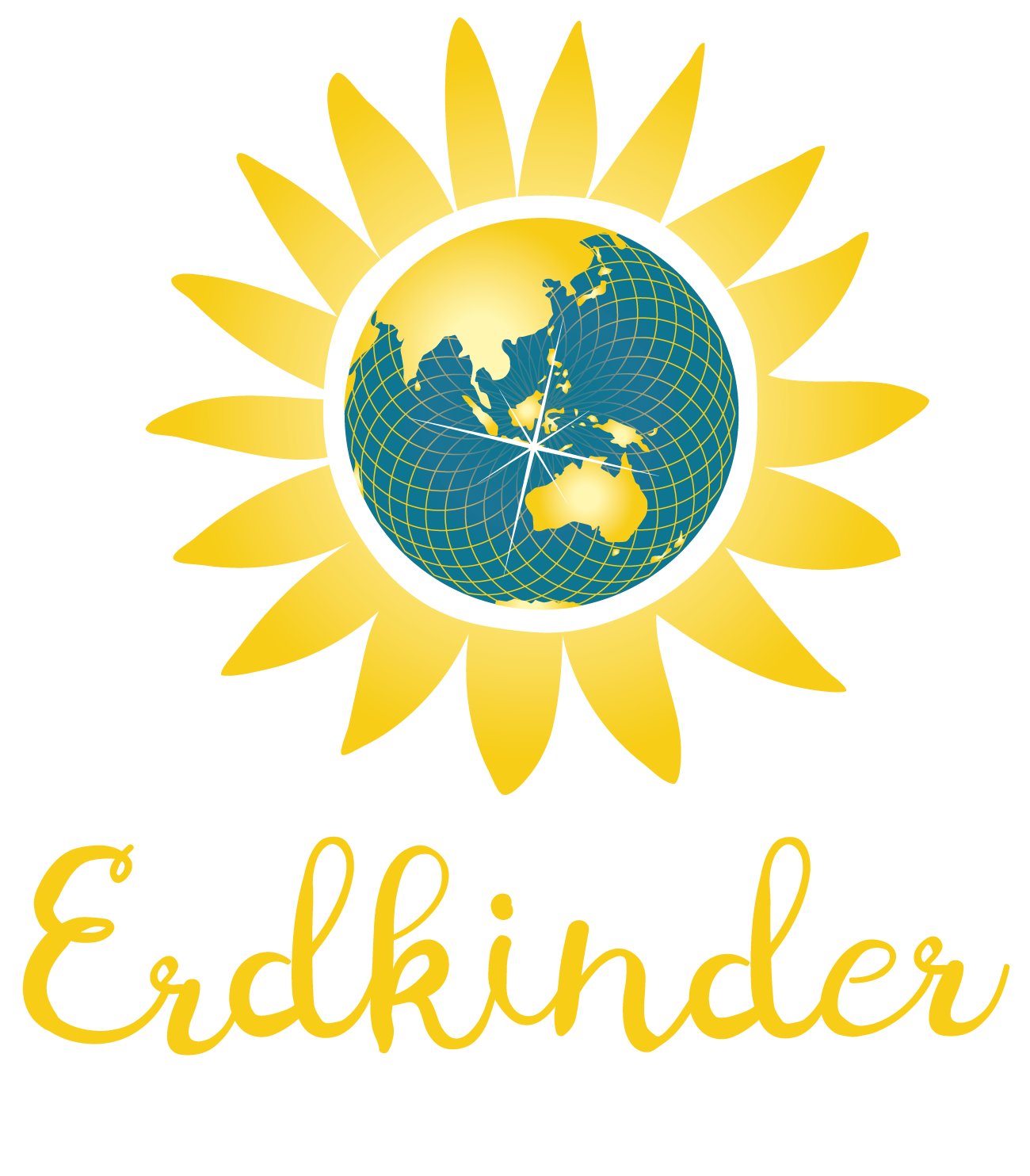

Traditional schools have not fared well: The models of the child and school on which they are built – the empty vessel in the factory – fit poorly with how humans learn. The school system in a sense trains children to be alike, whereas the economy thrives on variations in individual initiative. In our current information age, when we deal in more of a commerce of ideas and entrepreneurship than in factory production, use of such a model in education should be particularly suspect. Although some children manage to excel in the system regardless, the common cultural attitude is that school is painful and not particularly fun.
„I believe this passionately: that we don’t grow into creativity, we grow out of it. Or rather, we get educated out if it.“
Infants have an intense drive to learn, and school-aged children maintain this drive for learning outside of school. Yet from the early years of schooling, children’s motivation to learn in school steadily declines. This suggests that something is very wrong: Learning can be an engaging, inspiring activity, so schooling could be looked on with joy. This mismatch between the models underlying our traditional system of education and the nature of children is at the root of the problem.
Many people who have spent their whole school career in traditional schools ask themselves many questions when they first hear about Montessori Pedagogy.
In Montessori schools the child is seen as a dynamic learner, full of creative potential and in need of the maximum possible freedom to be allowed to develop as a happy, confident individual. In more traditional schools children are seen to be in need of more active instruction and control from adults – there is less trust in the child’s own inner abilities and more emphasis on ensuring defined results.
Maria Montessori observed that children are more motivated to learn when working on something of their own choosing. However, choices are limited by a carefully prepared environment, a limited set of learning material and the teacher, who ensures the child makes constructive choices and does not interfere with the freedom of other children.
Montessori schools believe that discipline is something that should come from inside rather than something that is always imposed by others. They do not rely on rewards and punishments. By being allowed to be free in the environment, and learning to love and care for other people, the child develops confidence and control over his own behaviour. So Montessori teachers only step in when a child’s behaviour is upsetting or disruptive to others.
On the contrary. Recent psychological and neurological research show that, far from being old-fashioned and obsolete, Montessori’s ideas are now being recognised by educationalists, cognitive psychologists and neuroscientists worldwide. Her emphasis on holistic learning with the importance of structure, intrinsic motivation, sociality and emotional intelligence were all ideas ahead of their time. You can find links to recent research here. An overview of the research outcomes is provided in Angeline Stoll Lillard’s excellent book Montessori – The Science behind the Genius.
No. Maria Montessori first developed her educational approach while working with a preschool population. She gradually extended her approach to children and youth of all ages. There is more in the way of a curriculum structure, but the children continue to have developmental freedom. Today, some Montessori schools provide all levels of learning, while others offer only certain levels. The benefits of Montessori continue to be important at each stage of development as children grow into lifelong learners and responsible citizens of the world.
Montessori children tend to be very socially comfortable. Because they have been encouraged to problem-solve and think independently, they also tend to be happy, confident and resourceful. So they normally settle into very quickly and easily into new schools.
Montessori discovered that structure was really important to help children feel safe and secure. She did a lot of experimentation to find out which, and how many, materials best suited the needs of the children. What she realised was that too much information was as bad as too little, and that children needed to be able to successfully build on their previous experiences. They could be overwhelmed with too many changing toys and options. So she carefully structured what was available. Montessori teachers, therefore, always watch the children to ensure that the right materials are available to support their individual interests and needs.
Children need freedom and limits. In the Montessori approach, freedom comes with the responsibility to be constructive for oneself and society. Teachers do not allow children to be free to disturb each other or to use the material in ways they were not intended.
Based on: ‘Montessori: The Science Behind the Genius’, Angeline Stoll Lillard (2005), Oxford University Press; Frequently Asked Questions, Montessori St Nicholas; ‘Reach Further: Montessori education for the over fives – learning for life and living to learn’, Montessori St. Nicholas; FAQs, The International Montessori Index; FAQ, American Montessori Society
Subak Kana, Banjar Panglan, Pejeng, Kec. Tampaksiring, Kabupaten Gianyar, Bali 80552, Indonesien
Tel.: +6282147823913

+62 821 4782 3913
Subak Kana, Banjar Panglan, Pejeng
Kec. Tampaksiring, Kabupaten Gianyar
Bali 80552
Indonesien